
By Luc Mounier
Understanding, Assessing and Improving Farm Animal Welfare highlights how improving welfare in farmed animals is not only beneficial for the animals themselves, but also enhances productivity and meets rising consumer expectations.
This English translation of the Le Bien-être des animaux d’élevage series covers the current scientific knowledge on animal sensitivity and consciousness. It explores how to understand, assess, and ultimately improve the well-being of farm animals. Beginning with the philosophical and legal history of animal welfare, it builds a shared reference framework to align on what it truly means.
The book then delves into the welfare assessment process, which must be objective, reliable, and based on appropriate indicators. These indicators, outlined in reference documents, are summarized according to specific farming contexts for quick and practical application.
Ideal for students and researchers in animal agriculture, animal science, and veterinary medicine, Understanding, Assessing and Improving Farm Animal Welfare provides a clear, comprehensive, and science-based foundation on this essential subject.

Table of Contents
Part 1: Understanding Animal Welfare
- Societal Expectations – Consumer demand and institutional awareness.
- Historical Development – Philosophical roots and key texts.
- Regulations – European, national, and global frameworks.
- Animal Sentience – Scientific basis for emotional and cognitive awareness.
- Welfare Definitions – Harmony, adaptation, and the Five Freedoms.
Part 2: Assessing Animal Welfare
- Assessment Indicators – Animal-based vs. environment-based indicators.
- Animal-Based Indicators – Behavioral, physiological, and health markers.
- Indicator Validation – Specificity, feasibility, and repeatability.
- Integration Process – Herd-level and individual data scoring.
- Protocols – Welfare Quality® and other assessment methods.
- New Technologies – Tools and ethical concerns in welfare assessment.
Part 3: Improving Animal Welfare
- Physical and Social Environments – Improving conditions with enrichment.
- Animal-Human Interactions – Enhancing relational practices.
- Health Management – Addressing risks through integrated management.
- Pain Management – Detection and the “3S principle.”
- Genetics – Using genetics to improve welfare.
- Transport and Slaughter – Reducing stress and improving conditions.
- Conclusion: ‘One Welfare’ – A unified approach to animal welfare.



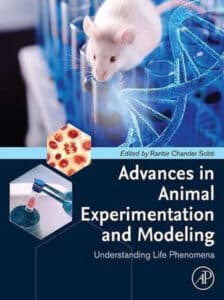
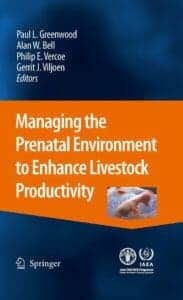
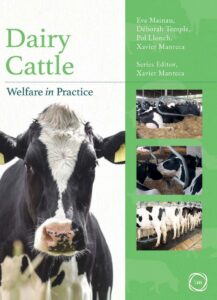
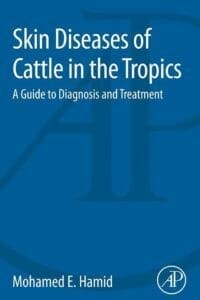
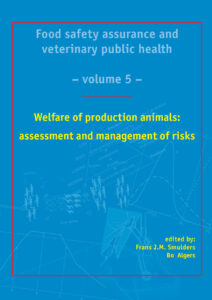


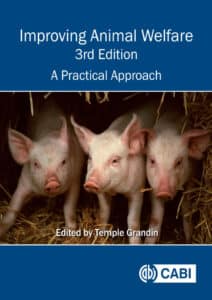







![Ettinger’s Textbook of Veterinary Internal Medicine 9th Edition [PDF+Videos] Ettinger’s Textbook of Veterinary Internal Medicine 9th Edition [True PDF+Videos]](https://www.vet-ebooks.com/wp-content/uploads/2024/10/ettingers-textbook-of-veterinary-internal-medicine-9th-edition-100x70.jpg)





